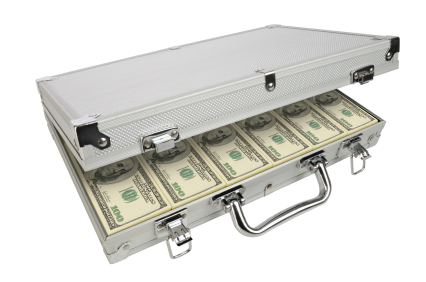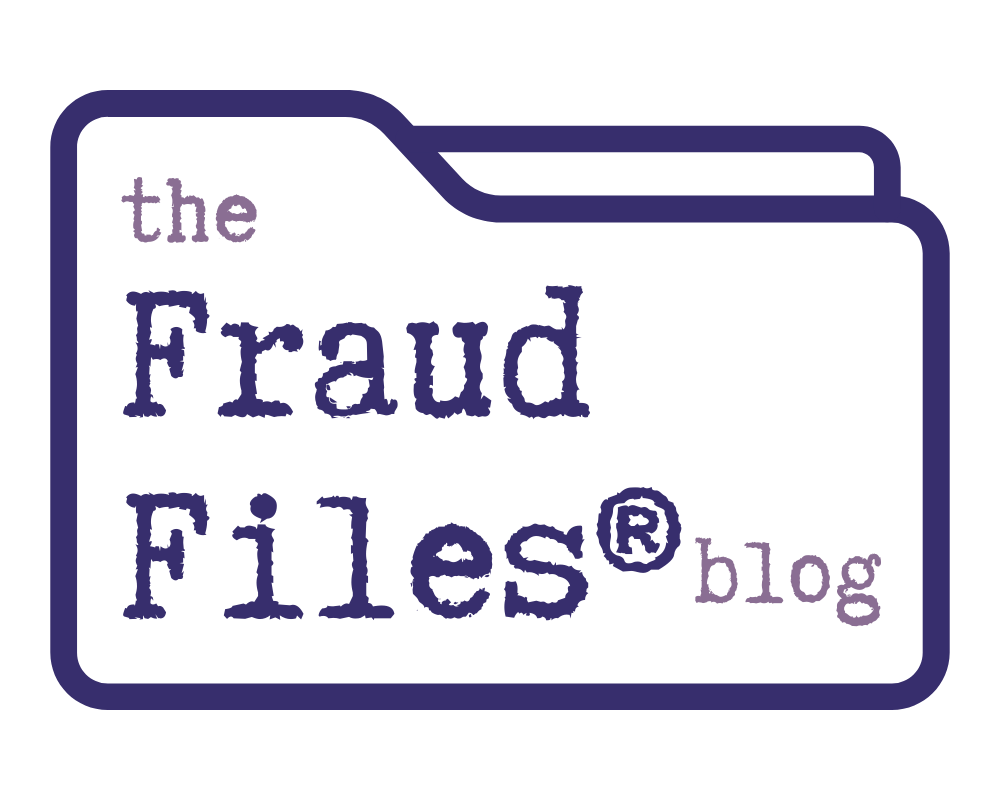
When a closely-held business is part of a divorce, the income of the business must be examined. It is not unusual for a business like this to suddenly see a decline in revenue, and increase in expenses, or both shortly after divorce is filed. It is often not a coincidence that the financial health of the business appears to suffer when a divorce is pending.
It is particularly difficult to examine the income of a business that transacts with its customers primarily in cash. However, there are ways to verify whether the income being reported is reasonable. Some of the techniques to examine and verify the income of cash businesses include:
- Find out the normal mark-up or profitability of the product or service being sold, and see how figures of the company compare.
- Identify expenses that change in conjunction with income. (i.e. As income goes up, expense X goes up proportionately.) Look at those expenses over several years to see if there are any anomalies.
- Examine payroll records. If income is down substantially, the need for employees should be reduced as well, and payroll numbers should drop.
- Look at asset purchases. Are they in line with the claimed decrease in income? If the business is suffering, why is the business expanding or upgrading its asset base?
- Compare the percentage of cash versus credit card receipts. In many businesses, there is a predictable ratio of customers that use cash versus credit cards. Since credit card sales are more difficult to conceal, the business owner will often correctly report those while skimming cash from the business and underreporting the cash sales. A comparison of the ratio over time may show a change in that ratio right at the time revenues supposedly decreased.
Another great technique is reviewing a documented expense or other financial item that could prove or disprove income. For example:
- The water bills of a laundromat can be examined. If periods after the filing of a divorce action show substantially lower income, yet show water usage in line with historical figures, it may be alleged that income is being intentionally underreported.
- Shipping records from a private shipping company such as UPS or FedEx can be reviewed. These records may indicate that the volume of packages shipped by the business has not decreased, suggesting income may not have dropped as reported.
- Purchases of alcohol for a bar or restaurant may indicate no change in quantities, despite the business reporting substantially reduced income. The volume of liquor purchased may suggest that sales are as good as ever.
It may be difficult to find direct evidence that the owner of a cash-based business is concealing income. It is nearly impossible to precisely determine the income of the business because of the fact that they are using cash. And for the spouse concealing income, that’s a huge advantage. However, circumstantial evidence can provide strong clues to hidden income. When presented along with other evidence of dishonesty or concealment, a compelling case can be made to the court.



